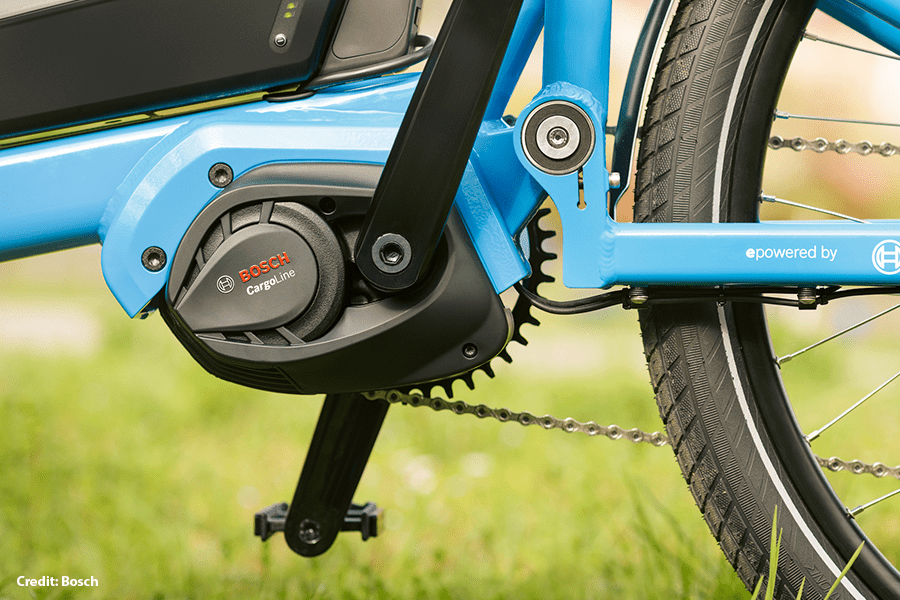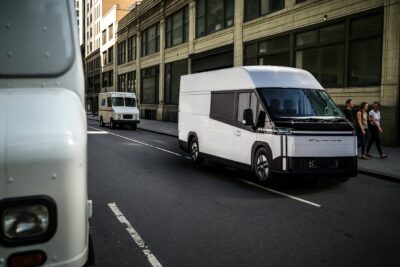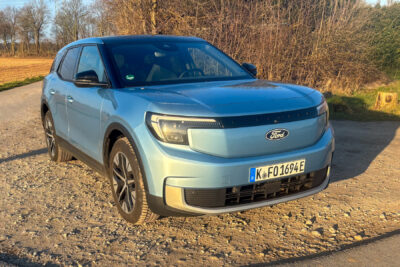UK decides against allowing e-bikes to double power
The UK’s Department for Transport (DfT) launched a public consultation a year ago to seek opinions on the maximum power of electrically assisted pedal cycles (EAPCs) to encourage greater adoption of electric bicycles by individuals and businesses. But the proposals were met with concern.
Specifically, the consultation asked two questions: “to amend the legal definition of how EAPCs are classified so that the maximum continuous rated power of the electric motor must not exceed 500 watts (W) instead of 250W,” and “to allow ‘twist and go’ EAPCs to have throttle assistance up to 15.5 miles per hour (mph) – 25 kilometres per hour (km/h) – without the need for type approval.”
Opposing campaigners cited a potential increase in fires linked to e-bikes and the risk to other road users posed by more powerful bikes. Now the government has dropped its plans to double e-bike motor power after most of the 2,121 respondents to the consultation were not in favour. However, the decision seems to have fallen mostly on stakeholder organisations, rather than the actual residents.
“While the difference between the overall number of respondents being in favour and those not in favour was relatively small, this was not the case with main stakeholder organisations, with the vast majority opposing the proposals,” the DfT writes. On the other hand, the increase in power would not have significantly affected those who use e-bikes for business, as DfT also wrote: “[W]hile we note the potential benefits to some individuals and organisations, there was a significant lack of evidence provided in response to the consultation to substantiate this.” However, the organizers also wrote: “In addition, we received 107 email responses against the proposals that were identical (or near identical) in wording. These emails made up more than a third of the emails we received during the consultation period.”
These letters argued that existing legislation is sufficient, and that another category could be added, rather than changing the e-bike regulations completely: “I oppose both proposed changes to the EAPC regulations. (1) It is unnecessary. The current regulations work well overall. (2) It is risky. Short-term, it will drive customers to order high fire risk products online and/or to tamper with existing e-bikes. Longer-term, it risks moped-style regulations on the whole e-bike category. There are also as yet unquantified risks from more powerful, heavier e-bikes sharing cycle lanes. Allowing full speed throttles risks e-bikes losing the health benefits of active travel. (3) It is the wrong approach. If this must be done, create a new category for 500W throttle vehicles under a new LZEV framework, and leave EAPCs as they are.”





15 Comments